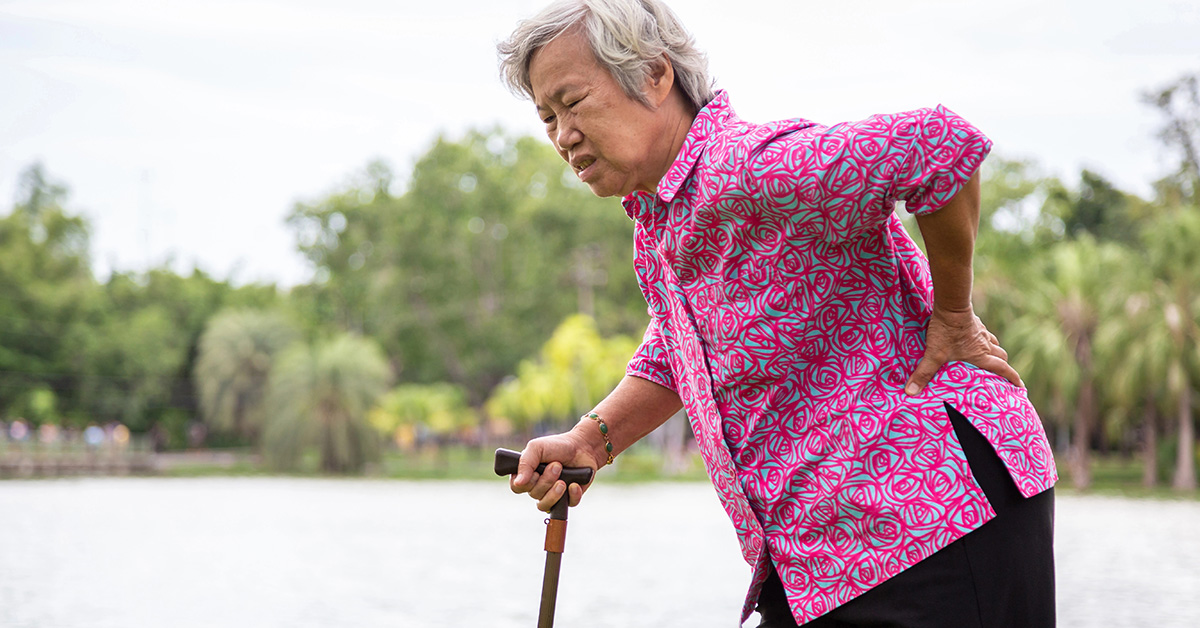
How Serious Is Osteoarthritis of the Hip?
Osteoarthritis of the hip is a progressive condition that causes the deterioration of cartilage in the hip joint. This leads to pain, stiffness, and reduced mobility, making daily activities such as walking, standing, and even resting uncomfortable. While osteoarthritis of the hip varies in severity, it can significantly impact a person’s quality of life if left untreated.
Understanding the Progression of Hip Osteoarthritis
In its early stages, hip osteoarthritis may cause mild discomfort, particularly after physical activity. As the condition worsens, the protective cartilage within the joint wears down, leading to increased friction between bones. Over time, the pain becomes more persistent, stiffness worsens, and the hip may lose its full range of motion. In advanced cases, bone spurs can develop, further restricting movement and contributing to chronic pain.
Impact on Daily Life
Hip osteoarthritis can interfere with basic movements and affect overall mobility. Patients often experience:
- Difficulty walking long distances or climbing stairs
- Stiffness after sitting or sleeping
- Increased pain with weight-bearing activities
- Reduced ability to participate in exercise or recreational activities
In severe cases, the pain may persist even at rest, affecting sleep and overall comfort. The limitations imposed by hip osteoarthritis can lead to decreased physical activity, which may result in muscle weakness, weight gain, and a greater risk of other health conditions.
Potential Complications
If osteoarthritis of the hip is not managed properly, it can lead to serious complications. Chronic pain and reduced mobility can contribute to joint deformity and increased stress on other joints, such as the knees and lower back. The inability to stay active can also lead to cardiovascular health risks, muscle deterioration, and an increased likelihood of falls.
For some individuals, the pain and stiffness become so severe that surgical intervention, such as hip replacement, becomes necessary. This procedure can restore mobility and significantly reduce pain, allowing patients to regain their independence.
Managing Hip Osteoarthritis
Although osteoarthritis is a degenerative condition, several treatment options can help manage symptoms and slow its progression. These may include:
- Physical therapy to improve flexibility and strengthen surrounding muscles
- Pain management strategies such as anti-inflammatory medications and corticosteroid injections
- Lifestyle modifications, including weight management and low-impact exercises like swimming or cycling
- The use of assistive devices, such as a cane, to reduce pressure on the hip
When conservative treatments are no longer effective, surgical options such as hip resurfacing or total hip replacement may be considered. Early diagnosis and proactive treatment can help patients maintain mobility and minimize long-term complications.
Osteoarthritis of the hip can range from mild discomfort to severe disability, depending on its progression. While the condition is serious and can impact daily life, early intervention and proper management can help reduce pain and improve function. Patients experiencing persistent hip pain should consult a specialist to explore the best treatment options for maintaining mobility and long-term joint health.
